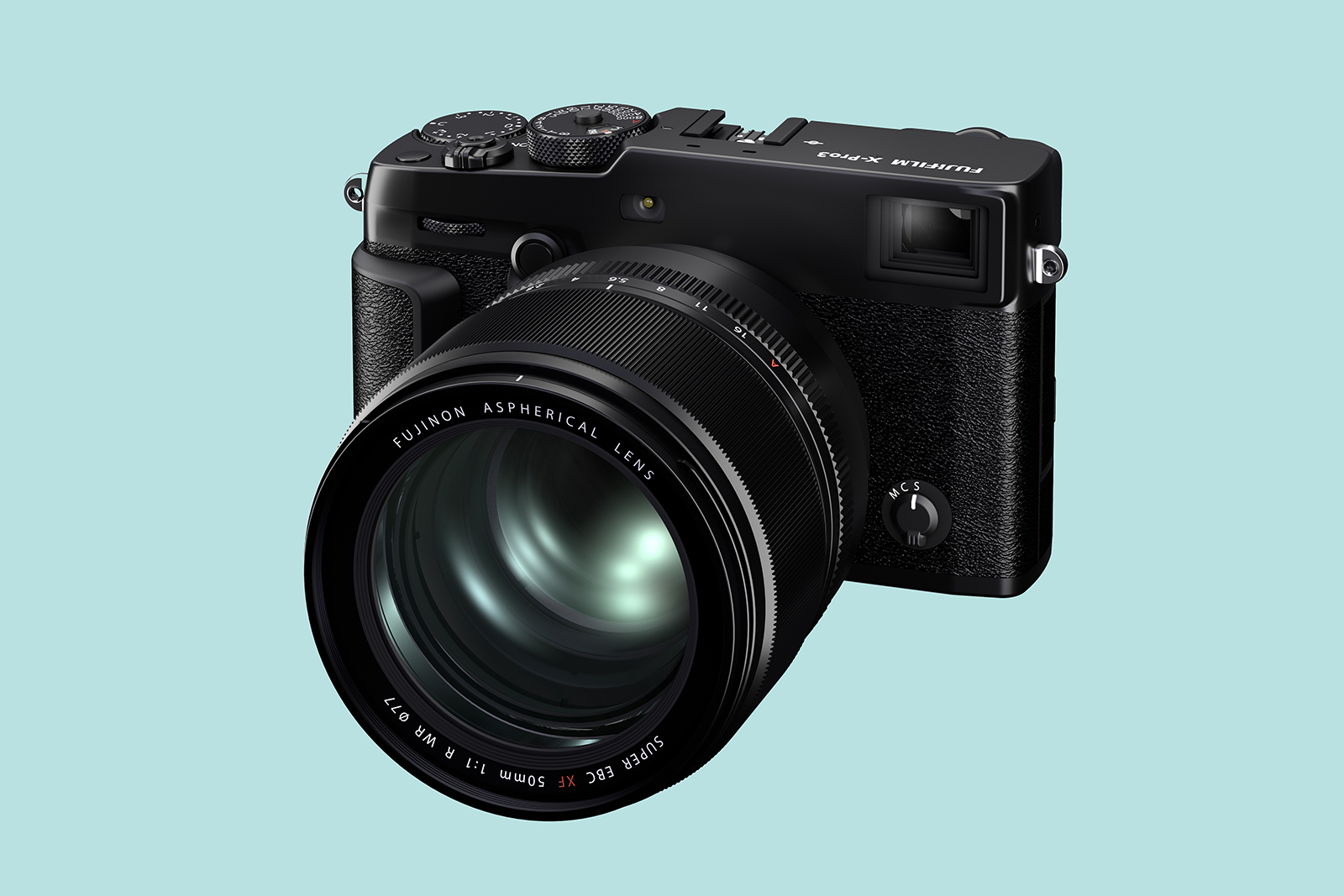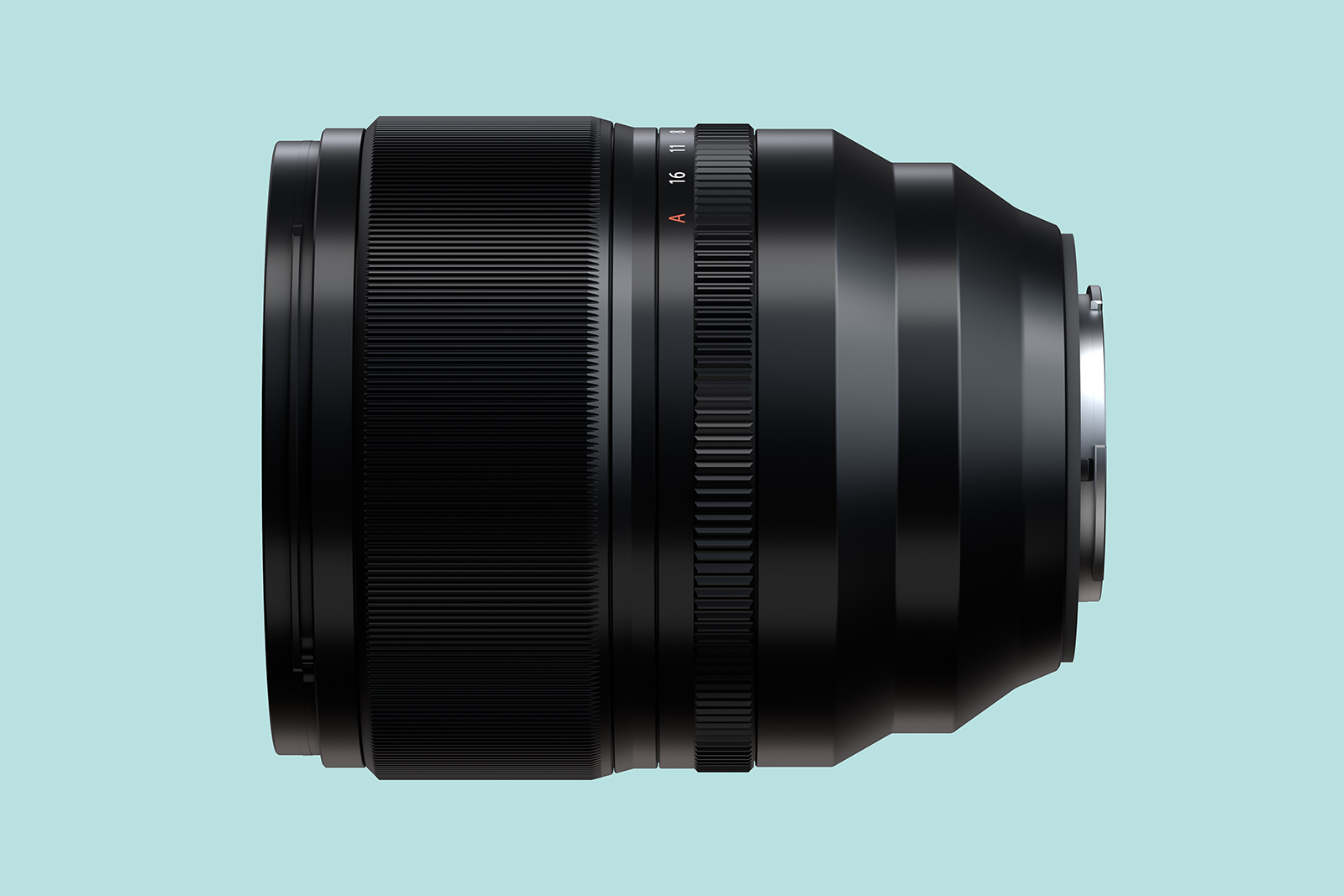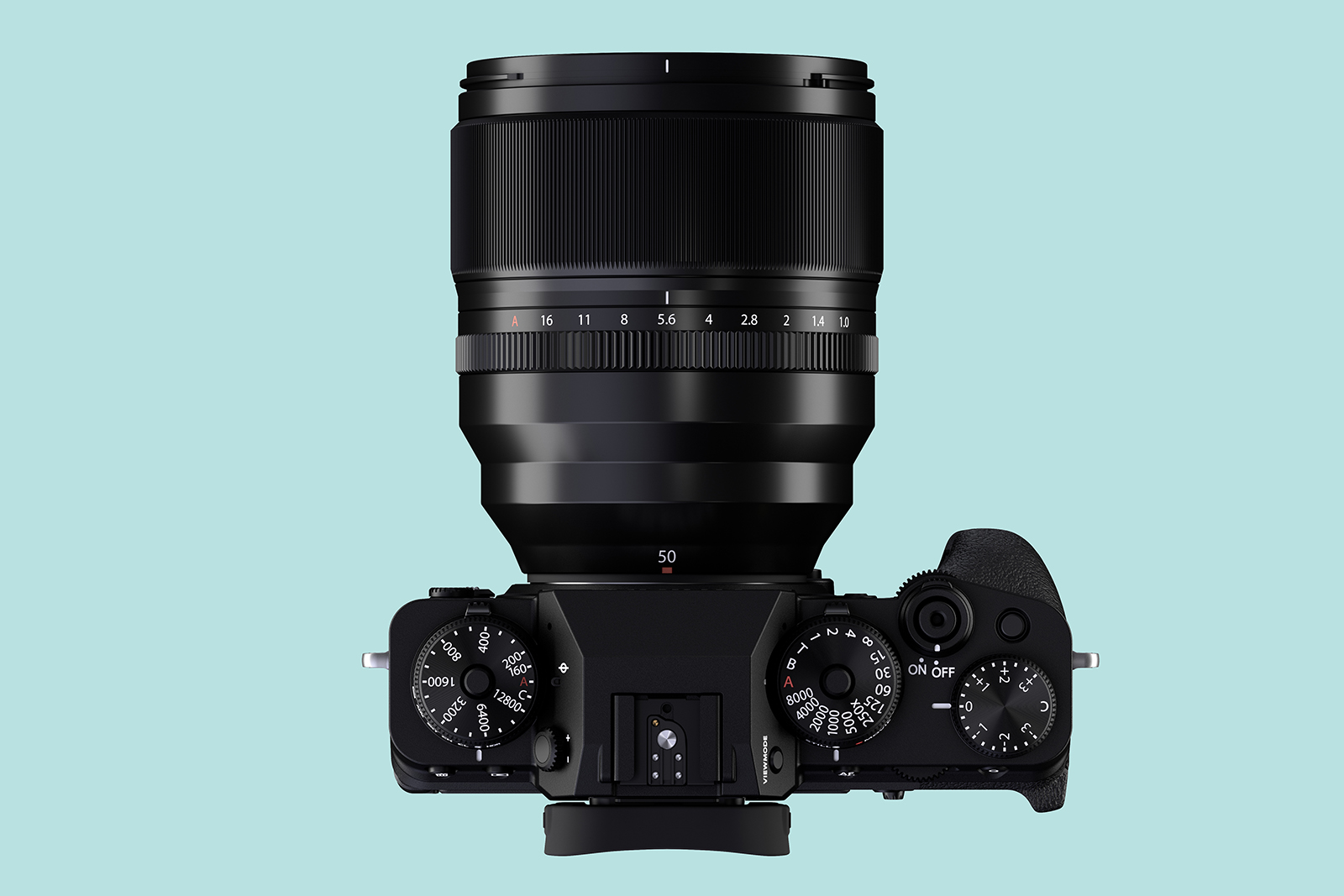Fujifilm just unveiled its brightest aperture lens yet — and unlike most ultra-bright lenses, it doesn’t ditch the autofocus. Announced on Thursday, September 3, the Fujifilm Fujinon XF50 f/1.0 R WR is the first f/1.0 mirrorless lens with autofocus.
Despite the bright aperture, Fujifilm didn’t eliminate the autofocus system. The company says that the lens even allows the X-T4 and X-Pro3 to focus as low as -7EV, near-darkness conditions that are a full stop better than pairing those same bodies with a different lens. The lens works with the camera’s on-sensor Phase Detection system, including face and eye AF.
But, nailing the focus on a lens with such shallow depth of field, when shot wide open, will likely be a challenge. Fujifilm designed the lens with a 120-degree focus ring that, in manual focus mode, the company says is more accurate than any existing XF lens. The lens, Fujifilm says, is also designed to minimize focus shift.
“We’re really excited about the XF50mmF1.0 R WR,” Victor Ha, Fujifilm’s electronics division senior director of marketing and product management, said in the announcement. “Not only is it the fastest interchangeable lens Fujifilm has ever produced, but it’s also an incredible tool for visual storytellers to use in telling their stories because its autofocus can achieve critical focus at very shallow depth of fields.”
The lens is built from 12 elements in nine groups. An aspherical element and two extra-low dispersion elements are included to help minimize spherical aberration. Weather sealing in 11 locations helps keep out dust and moisture, while it is rated for shooting down to 14 degrees.
Despite the high-end construction, the Fujinon XF50 f/1.0 R WR weighs 1.86 pounds and measures just over four inches long. Fujifilm had originally teased the development of a 33mm f/1.0 lens, but in a later announcement said that the lens would be too heavy, promising a 50mm instead.
While the lens is the first f/1 autofocus for mirrorless, it’s not the brightest glass out there. Nikon’s Noct lens for full-frame cameras is a f/.95 lens and Leica offers the Noctilux series at f/.95, but both lack an autofocus motor. The fast f/1.2 aperture is more common, and f/1.8 is even easier to access still.
Unsurprisingly, the f/1.0 lens will come at a price — but at one that’s less than options like the Noct and Noctilux. The Fujinon XF50mm f/1.0 R WR lens is expected to retail at about $1,500, with availability sometime in the fall of 2020.
Editors' Recommendations
- RAW power: Fujifilm brings RAW video to medium-format GFX 100 — and a new lens
- Lightweight and low-cost, Fujifilm X-T200 and new 35mm lens target beginners
- Sony’s 35mm f/1.8 lens is a portable, bright prime that’s perfect for travel







